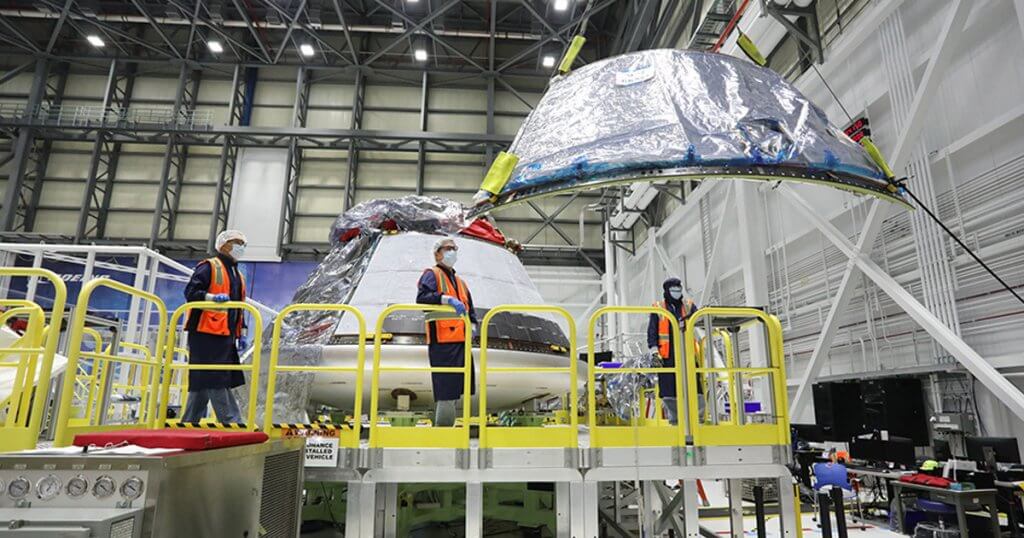
Boeing Preparing to Launch Astronauts as Parts Fall Off Its Planes Mid-Flight (Image Credit: futurism-com)
God help us all.
Bad News
After years of setbacks and bad press, Boeing and NASA are finally getting ready to launch the Starliner spacecraft.
As Space.com and other outlets report, NASA and Boeing said in a series of press conferences that the launch date for the years-in-the-making program, which is slated to launch astronauts Barry “Butch” Wilmore and Sunita Williams, will probably take place in May.
“The launch date right now is no earlier than May 1,” Steve Stitch, the program manager for NASA’s Commercial Crew Program, said during a press conference Friday. “That’s driven by the [International Space Station] traffic, as you know it’s been a busy year on ISS.”
This latest update comes not only after agency and company officials pushed the crewed launch date for the umpteenth time earlier in March, but also after a particularly bad few months for Boeing as its planes keep falling apart and one of its whistleblowing ex-employees turned up dead in the middle of a deposition.
Indeed, Boeing CEO Dave Calhoun announced today that he’s stepping down from his position as the company faces backlash over its planes veritably falling apart or otherwise malfunctioning in the skies — most explicitly evidenced by the door that blew off a 737 mid-flight in January as horrified passengers clung to their seats.
Line the Stars
While the news on the intra-planet side has been terrible for the aerospace company these past few months, it hasn’t exactly been great for its burgeoning off-planet endeavors, either.
As Ars Technica reported last August, the Starliner project has faced at least three independent investigations as its test flight kept slipping due to massive technical issues — including, ironically, a part popping off the craft as it rolled to the launch pad for an earlier test.
During the Friday press conference, Boeing vice president and Starliner program manager Mark Nappi, to his credit, addressed those problems directly.
“We have primarily been working on getting the vehicle of course ready for flight and solving the two issues that we had back in the summer, which were the parachute system and the tape flammability issue that we had,” Nappi said. “We can safely say those issues are behind us.”
These setbacks, however, far predate last summer’s launch debacles, and go all the way back to 2014, when both Boeing and SpaceX were awarded contracts to create launch vehicles to send astronauts to the ISS. Despite its own Starship shortcomings, the Elon Musk-owned company has achieved that feat many times over — while Boeing has not only failed to do so, but has lost more than $1 billion in the process.
To date, Boeing still has not carried a single astronaut into space — and given how things are going at that company right now, that may be for the best.
More on NASA: Voyager 1 Sputters Back to Life








